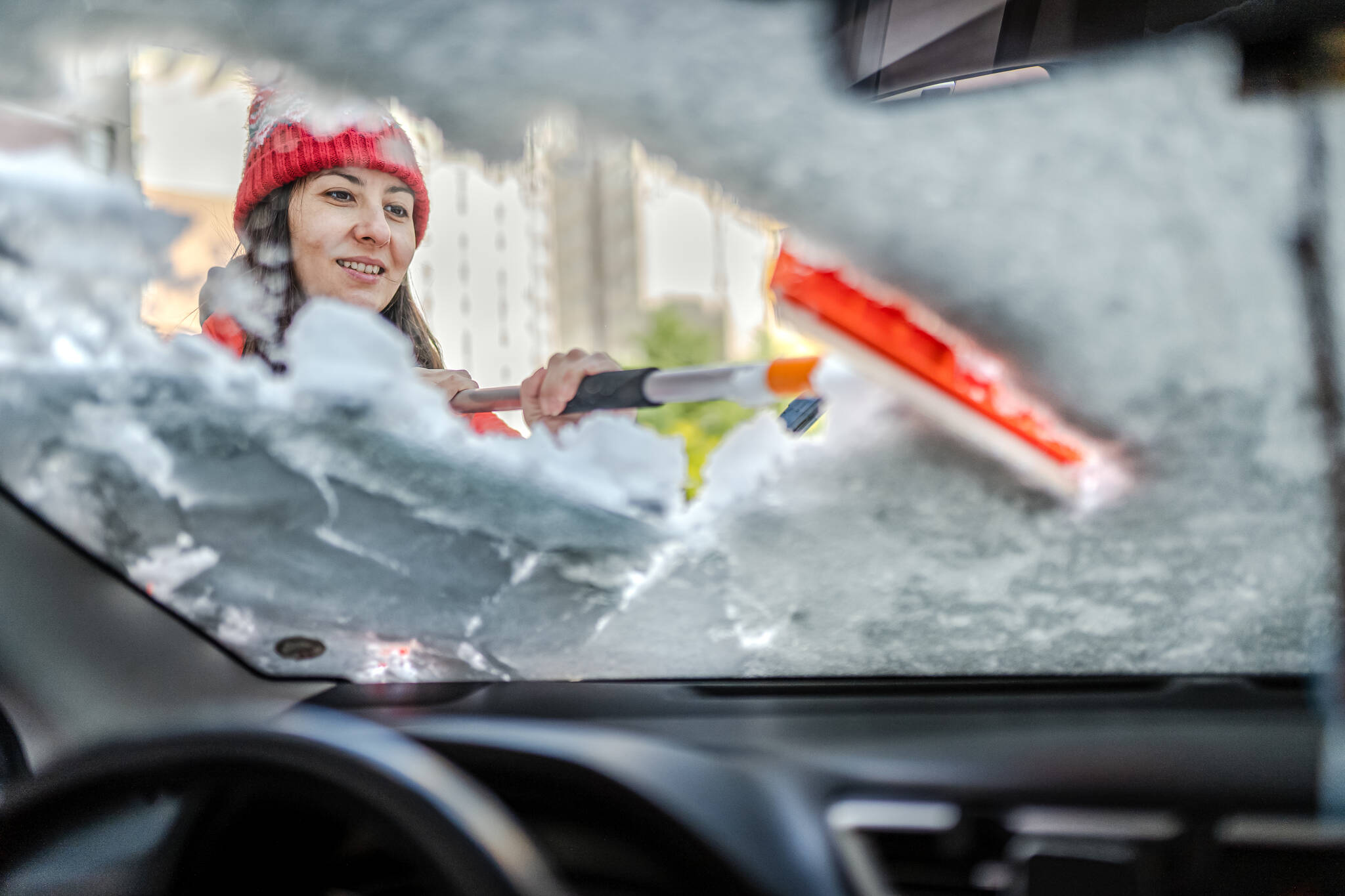Tis the season to be extra careful when driving.
Crashes increase significantly during winter months in B.C. Last December, 29,053 crashes were reported to ICBC — an average of nearly 1,000 a day, according to a news release by Road Safety at Work.
Claims for injuries from work-related crashes rise in December, according to WorkSafeBC statistics.
“Driving in winter is different from other times of the year and it’s more dangerous,” said Trace Acres, program director for Road Safety at Work and spokesperson for the Shift into Winter safety awareness campaign.
The hectic holiday season brings a mix of more vehicles on the road, more drivers in a hurry and more winter weather.
From snow and ice in northern B.C. to rain and fog on the coast, conditions challenge even the most experienced drivers. Colder temperatures, black ice, reduced visibility, and fewer daylight hours pose additional hazards.
“No one is a perfect driver. You can’t always predict how your vehicle or other vehicles will react in winter conditions,” said Acres.
Whether you’re on the road to see family over the holidays or as part of your job, you need to focus on getting to your destination safely rather than quickly, he adds.
“The best gift you can give your family this year is to get home to them safely.”
Tips for safe holiday driving
Most crashes are preventable. The best ways to keep yourself and your passengers safe include:
- Avoid driving when conditions are poor. Use DriveBC.ca to check weather and roads before setting out;
- Have four matched winter tires in good condition on your vehicle. Road Safety at Work recommends tires with the three-peaked mountain and snowflake symbol for the best traction;
- Adjust driving for the conditions to maintain full control of your vehicle. Slow down and leave at least 4 seconds between you and the vehicle in front to allow yourself time to react;
- See and be seen. Clear all snow and wait for the windows to defrost completely before setting out. Install new wiper blades and always have your lights on;
- Give driving your full attention and avoid distractions such as your phone;
- Watch for changes in your usual routes, such as roadside work zones;
- Carry an emergency kit with supplies you may need if you get stranded even for a few hours.
“Attitude is one of the most important factors in safe winter driving,” said Acres. “Drivers with the right attitude don’t put themselves in high-risk situations.”
Hundreds of thousands of B.C. residents drive for work, either full time, part time, or occasionally. Driving for work includes everything from making a sales call to travelling between job sites to making deliveries.
“Some employers may not realize they’re legally responsible for the safety of employees when they’re behind the wheel, even when employees drive their own vehicle,” Acres said.
Vehicles used for work in B.C. are deemed to be workplaces by WorkSafeBC, meaning they need to meet occupational health and safety regulations.
Employer responsibilities include ensuring drivers are aware of hazards they may encounter on the road, are trained, and have the equipment and supervision needed to keep themselves safe.
Employees need to know and follow their employer’s winter driving policy and procedures. They have the right to refuse to drive in unsafe conditions.
Chris Reynolds, is an expert driver and CMO of Canada Drives, and is here with winter driving tips to help you stay safe on the road this winter.
Visit ShiftIntoWinter.ca. for more information, including tips on how to read the road and prepare yourself for winter driving.

